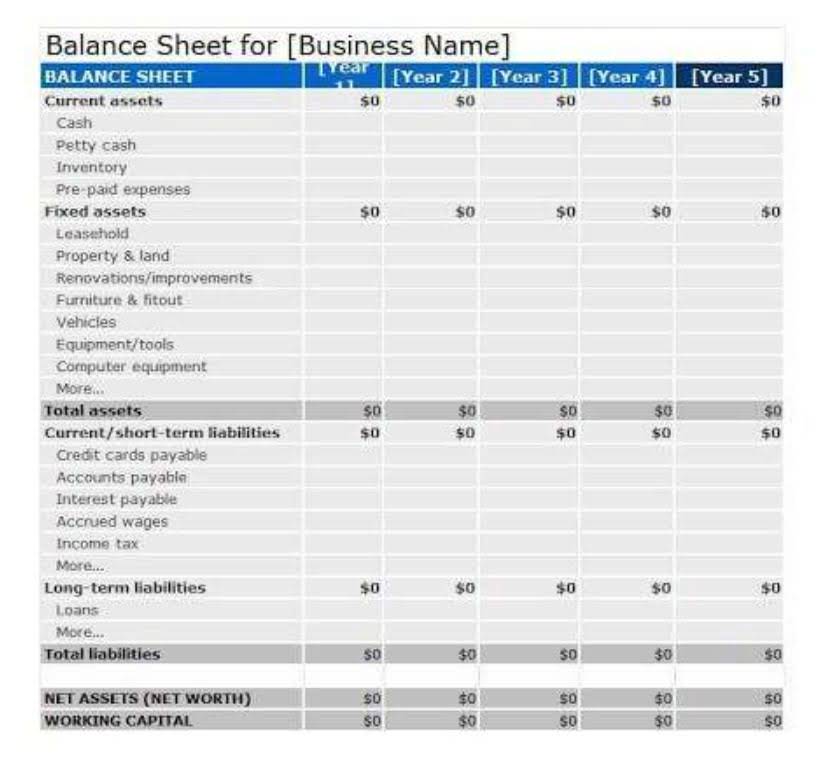Rather than use the main equity account, we use an account specifically for tracking withdrawals by the owner. For this business, the account contra account we use is called Joe Smith, Drawing. You may also see the account called Owner Name, Withdrawals or Owner Name, Dividends. Where did the $2,050 worth of office supplies go?
Format of the Journal Entry
They ensure that those recordings line up to the correct accounting periods. This does not mean that those transactions are deleted or erased, though. Adjusting entries are new transactions that keep the business’ finances up to date.
- Auditors use financial reports to analyze how transactions are impacting the business.
- For example, if a company bought a car, its assets would go up by the value of the car.
- On the way back from meeting with your client, you stopped to pick up $100 worth of office supplies.
- A journal is the company’s official book in which all transactions are recorded in chronological order.
Journal Entry for Purchases (Credit)
In accounting lingo, this is called a journal entry. We will provide you with 20 frequently asked journal entry examples on Google along with their logic. The reason is that these more common transactions have a system of controls built up around them that is designed to detect a variety of issues. Conversely, there are fewer controls over journal entries, which makes it easier for someone to create a fraudulent transaction. These transactions are particularly difficult to spot if the amount recorded is considered immaterial, in which case auditors are unlikely to spot the transgressions.
If the textbook says “on account”, it means that cash will go out later. When cash will be paid later the account we use to track what the business will be paying later for payroll is Salaries or Wages Payable. When cash will be paid later the account we use to track what the business will be paying later is Accounts Payable. The expense account we will use for the rent we paid is Rent Expense. An Expense account has a normal debit balance.
Comprehensive Guide to Inventory Accounting
Auditors use financial reports to analyze how transactions are impacting the business. Purchased land costing $50,000 and buildings costing $400,000. Paid $100,000 in cash and signed a note payable for the balance. In the expense journal, we record a debit for the amount that went towards interest separately from the amount that reduces the balance. Finally, you stop at the bank to make your loan payment. When you make a payment on a loan, a portion goes towards the balance of the loan while the rest pays the interest expense.
The appropriate debits and credits are listed under the appropriate columns under the T-Accounts to determine the final value to be reported. Click the link below to learn more about T-Accounts. You can’t just erase all that money, though—it has to go somewhere. So, when it’s time to close, you create a new account called income summary and move the money there. At the end of the financial year, you close your income and expense journals—also referred to as “closing the books”—by wiping them clean.
When you use up an asset, we record the amount as an expense. We move $2,050 out of our Supplies (asset) account and into our Supplies Expense account. Our job now is to determine what the balance SHOULD BE in our asset account. We want to make sure we are accurately accounting for what we have (asset) and what we used (expense). In the journal entry, the $18,300 receipt of cash goes on the left (debit) side of the account because Cash is increasing.
In a journal entry, every debit entry must have a credit entry and the debits must always equal the credits. The credit portion of the journal entry is indented to make reading a long line of transactions easier. First, figure out which accounts are affected. In this transaction, they are the assets account and the owner’s equity account. As we said above, in every transaction, at least two accounts will change, where one is debited and the other one credited. This is known in accounting as double-entry bookkeeping.
What is a Liability?
Similarly, when a payment is processed, the bank and the accounts receivable are adjusted automatically by the components of a statement of shareholders’ equity accounting software. Well, most are, but we at Deskera prioritize small business owners. We’ve spent over 10 years working with small business owners from 100+ different countries to create a cloud accounting software that fits any type of business. Journal entries are records of financial transactions flowing in and out of your business. These transactions all get recorded in the company book, called the general journal.
There’s also an option that allows you to include the entry on the tax report. Then there’s the bottom half, where you can add the account, description, type, and amount. Since their goal is just to simplify, reverse entries are optional. Some accountants choose to make them, others don’t.
In the Accounts Payable T-Account, the $3,300 deposit goes on the right (credit) side of the account because the liability is increasing. In the Joe Smith, Capital, the $55,000 deposit goes on the right (credit) side of the account because equity is increasing. Drawings are goods or cash withdrawn by a proprietor for their personal use from the business.
This is useful when journal entries are being researched at a later date, and especially when they are being reviewed by auditors. To view the details of each journal entry, you can press on the expand all records button. As you can see, the account name, debit amount, credit amount, and description will all appear. Here, you’ll be able to view, create, and manage all your journal entries.








